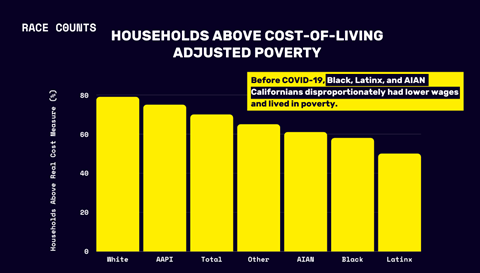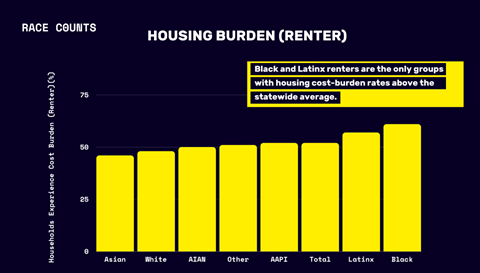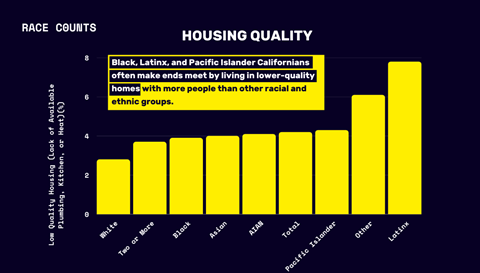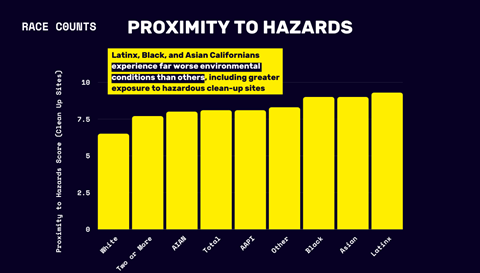Today, Catalyst California’s RACE COUNTS initiative released its data reload that shows the extraordinary harm inflicted on low-income communities of color during the COVID-19 pandemic was the product of racist policies and practices embedded within and across our public and private institutions.
The data showcases that leading up to the pandemic, low-income communities of color experienced deep inequities across three critical sectors—economic opportunity, housing, and health care—that all too often made upward mobility impractical and entrenched poverty a foregone conclusion. Once the pandemic hit, those inequities served as a form of exceptional vulnerability to greater challenges posed by the “new normal” of life under COVID-19.

The disproportionate impact faced by people of color under COVID-19 was not happenstance. Before COVID-19, communities of color disproportionately suffered from a wide variety of economic structural barriers. Figures on household cost-of-living adjusted for poverty show Black, Latinx, and AIAN Californians were struggling to pay their rent or mortgage, afford quality food, and purchase technology to participate in distanced K-12 learning.


Because of such lack of economic opportunity, Californians of color were forced to live in settings that led to greater rates of COVID-19 infections and deaths, including overcrowded and low-quality housing.

The data also show that leading up to COVID-19, California’s communities of color disproportionately lacked health insurance, had asthma, and were exposed to toxic environmental hazards—all factors that inhibited their ability to stave off the underlying conditions that create exceptional vulnerability to COVID-19. The uninsured rate of AIAN and Latinx Californians is about three times greater than the uninsured rates of Whites; and Latinx, Asian, and Black Californians are more likely to live near hazardous cleanup sites than White residents.
The latest RACE COUNTS data reload provides a foundation through which we see the depth and breadth of racial disparities immediately leading up to the COVID-19 pandemic. As we continue to shift from short-term pandemic response to long-term recovery, our public policy focus should be geared toward addressing the root causes of inequities.